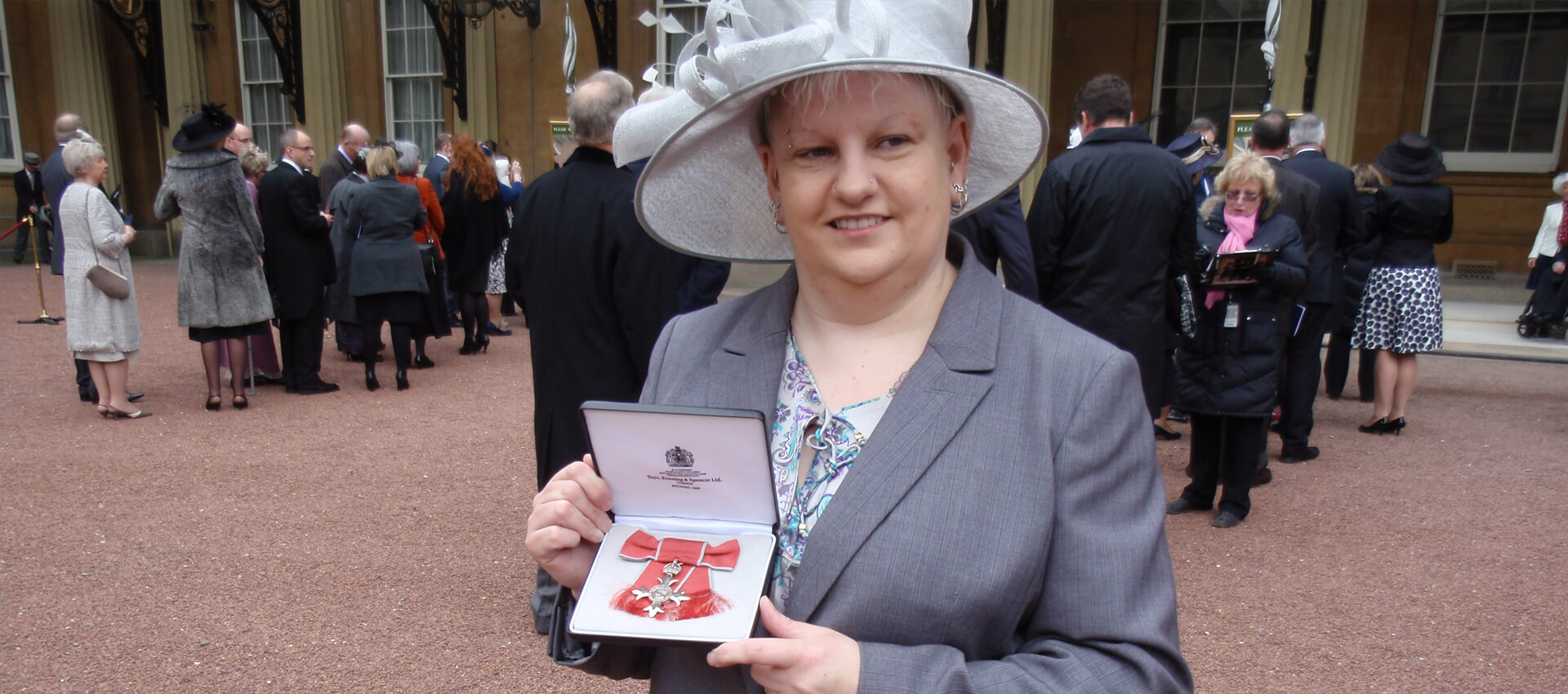Driving Test with Autism

I’m a driving instructor on the autistic spectrum, and I know of the challenges autistic people face at the driving test.
It’s a big challenge, and here I’ll be going through ways to help you pass your driving test.
Always remember to tell the DVLA if autism affects your driving. They must be told if autism affects their ability to drive safely.
Adjustments for Autism on the Day of the Test
It is important to state your condition when booking your driving test. The standard of driving the examiners expect is the same for everyone, but adjustments can be made on the day if they are told at the time of booking.
There are a few adjustments that can be made:
- You may have time with the examiner to talk about your condition before the test starts.
- The examiner may agree for more time to be given for instructions and directions during your test.
- Examiners may ask you if you prefer to follow road signs on the independent drive part of the test, rather than following a sat nav.
Tips for practical Driving Test
Every learner driver wants to know what they can do to help to make their driving test a success.
The big golden rule is, to make sure you are ready for your test before applying, especially if you’re lucky enough to get a cancellation.
Mock tests are an excellent way to train for test. When starting out on mock tests, some pupils find it easier to concentrate on one part of the test at a time, for example, the independent drive, or the reversing.
When it’s booked, mock testing to replicate a full test is great – ask your instructor to run a mock test, making it as authentic as possible. Examiners use more formal language than instructors do. They often wear high-viz jackets and carry clipboards, so ask your instructor to do the same. The more authentic the mock test is, the fewer nerves you will get on the real one. Maybe you can get the opportunity to do a mock test with other instructors – ask your instructor if they know another instructor willing to do a mock test for you. This will get you used to having another person in the passenger seat.
There are a few things you can do for test nerves on the day – eating a banana 15 minutes before your test starts can ease rumbling tums, and also Bach Rescue Remedy can work well.
Make sure you know where the centre is well before the day and when the test will be.
If you’re on medication for hayfever or allergies, time your medication so you’re halfway between doses at the time of your test so you will be at your best at that time. Sometimes on a test, a supervising examiner could accompany at the back of the car – these people are watching the examiner, not you, so just carry on as if they weren’t there.
Remember to bring your provisional driving licence and the theory test pass document to the test centre on the day.
If you are unsure about any instruction given by the examiner, ask for clarification, don’t be afraid to ask.
Help to Prepare for your Test
My online video course, ‘Driving With a Difference,’ is designed to help all learners prepare for their tests and beyond. There are 85 individual video clips designed to take you the learner through from your first lessons through to the test.
With tips to practice, it takes learners right from their first time in the car through to beyond test standard. Junctions including roundabouts are explained in detail. Learners can pick out which subjects they wish to learn and watch the clips between lessons. It really makes a difference.
There are terms instructors use which can be difficult to understand, and these are explained in full in this course.
From clutch control problems to road signs, from speed limits to motorways, this course is designed for all learner drivers. It’s specially designed for autistic people to understand.
We are autistic – We can do it!
If you have difficulties with driving, test nerves or need any help, I offer online help for you. Email me [email protected]
Dr Julia Malkin MBE


